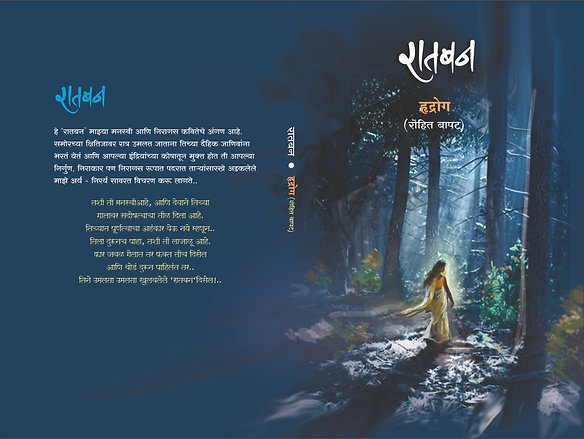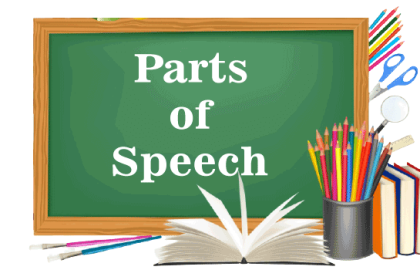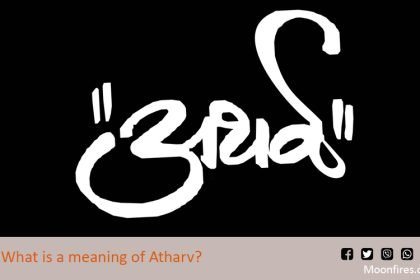The Power of Adjectives: Adding Color and Precision to Language
Adjectives are the vibrant palette of the language, infusing sentences with color, clarity, and depth. They serve the crucial role of modifying nouns, providing specific details that help paint a more vivid picture in the reader’s or listener’s mind. From describing the blueness of the sky to expressing the warmth of a smile, adjectives make our communication more engaging and precise.
Understanding Adjectives
Adjectives are words that describe or modify nouns or pronouns. They answer questions like “What kind?” “Which one?” “How many?” and “Whose?” For example, in the sentence “The red apple is sweet,” the word “red” is an adjective that describes the noun “apple.” Similarly, in “She is happy,” “happy” is an adjective modifying the pronoun “she.”
Types of Adjectives
Adjectives can be categorized into several types
based on their functions and characteristics. These include descriptive adjectives, quantitative adjectives, demonstrative adjectives, possessive adjectives, interrogative adjectives, and comparative and superlative adjectives.
Descriptive Adjectives: These adjectives describe qualities or states of being of nouns. They provide sensory details and are often the most colorful and vivid. Examples include “beautiful,” “large,” “ancient,” and “bright.”
Quantitative Adjectives: These adjectives provide information about the quantity of the nouns. They answer questions like “How many?” or “How much?” Examples include “few,” “many,” “several,” and “all.”
Demonstrative Adjectives: These adjectives point out specific nouns. They include “this,” “that,” “these,” and “those.” For instance, “this book” refers to a specific book that is close by, while “those books” refers to specific books that are farther away.
Possessive Adjectives: These adjectives indicate ownership or possession. They include “my,” “your,”
“his,” “her,” “its,” “our,” and “their.” For example, “my car” indicates that the car belongs to the speaker.
Interrogative Adjectives: These adjectives are used to ask questions about nouns. They include “which,” “what,” and “whose.” For example, “Which movie are we watching?” uses “which” to ask about a specific movie.
Comparative and Superlative Adjectives: These adjectives are used to compare two or more nouns. Comparative adjectives compare two nouns (e.g., “bigger,” “smarter”), while superlative adjectives compare three or more nouns (e.g., “biggest,” “smartest”).
The Role of Adjectives in Writing
Adjectives play a vital role in writing by enhancing the detail and imagery of the narrative. They allow writers to convey specific attributes and emotions, making descriptions more engaging and readers more invested in the story. For instance, instead of saying “The dog barked,” saying “The ferocious dog barked loudly” gives the reader a clearer and more intense image of the scene.
Moreover, adjectives can set the tone and mood of a text. In poetry and fiction, adjectives can evoke specific feelings and atmospheres. A “gloomy night” sets a different tone than a “starry night,” influencing the reader’s emotional response to the scene.
Adjectives in Everyday Speech
In everyday conversation, adjectives help us communicate more precisely and expressively. When you tell a friend about a “delicious meal” you had, you’re not just mentioning that you ate but also conveying the pleasure of the experience. Similarly, describing someone as “kind-hearted” or “generous” provides a clearer picture of their personality.
The Art of Using Adjectives
While adjectives are powerful tools, their overuse can lead to redundancy and weaken writing. It’s essential to strike a balance, choosing adjectives that are both specific and necessary. Strong writing often involves showing rather than telling, using vivid verbs and concrete nouns in conjunction with adjectives to create a full, immersive experience. For instance, instead of saying “The very big, old, red house,” it might be more effective to say, “The towering, weathered house with a scarlet door.” This approach uses more precise adjectives and stronger imagery, making the description more engaging.
Conclusion
Adjectives are indispensable in language, adding nuance, color, and precision to our communication. They allow us to express ourselves more fully and vividly, whether we’re crafting a story, describing an experience, or engaging in everyday conversation. By understanding and using adjectives effectively, we can enhance our writing and speaking, making our expressions richer and more compelling.








 If you want to use your preferred UPI app, our UPI ID is raj0nly@UPI (you can also scan the QR Code below to make a payment to this ID.
If you want to use your preferred UPI app, our UPI ID is raj0nly@UPI (you can also scan the QR Code below to make a payment to this ID.






